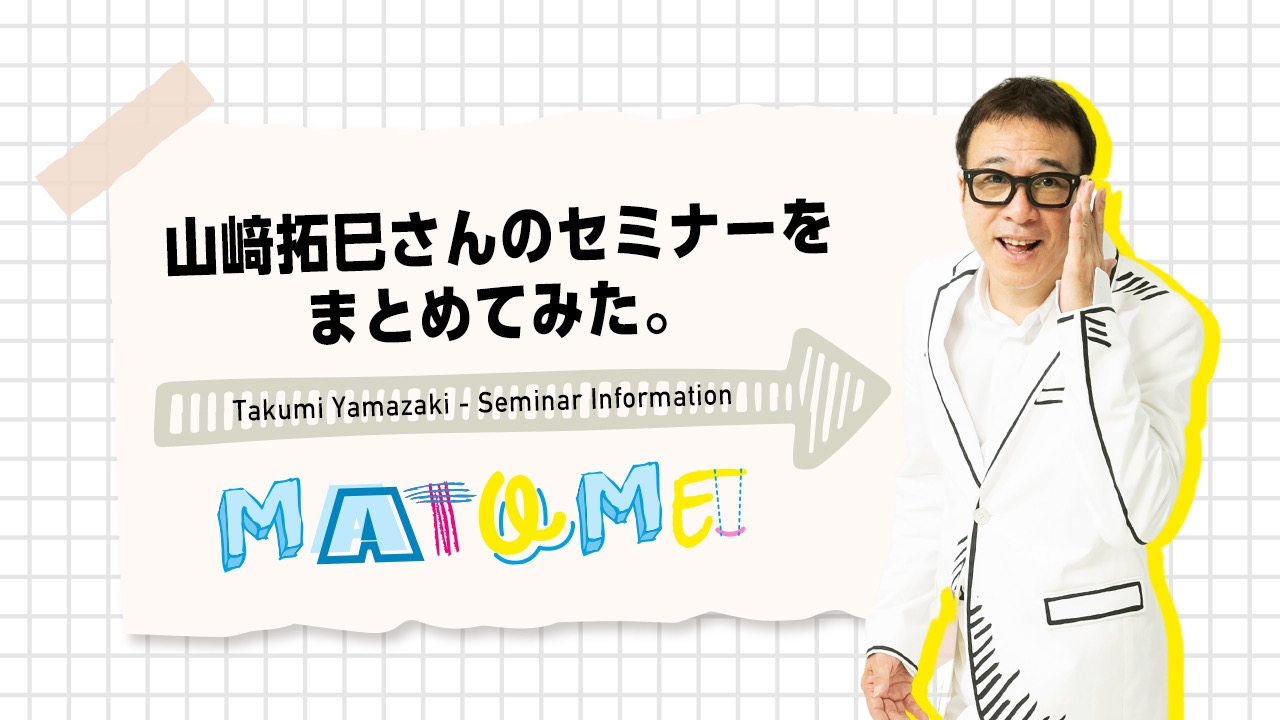Check out Takumi’s NEW English youtube channel🎵
↓↓↓
https://www.youtube.com/@takuway
From Mie to Dentsu.
From Dentsu to the world.
There are fascinating person you just have to meet!
Thank you for the other day!
TIKTOK shoot!
Amazon music 🎵
TAKAKI, than you so much!
Late night Q&A!
Thank you for staying out till late night!
The Azabu office was buzzing with excitement!
_______________________________
MUNETAKA TOKUYAMA
That photographer is just insanely good!〜〜〜
https://www.instagram.com/munetakanyc/
We had a fun time!
Wao! Thank you for visiting Takusando in New York
↓↓↓
Thank you for stopping by!
Thanks to my Task Managers!
My friend's birthday!
Thank you so much for such a wonderful time!✨
Kyokushin Karate All-Japan Champion — Mimiko Fukuda 🥋
Amazon’s Sayaka Iida, formerly a producer at TV Asahi 🎥
And Shungo Oyama — thank you as well! 💫
Will summarize this here!
↓↓↓
"Abandon Average Thinking"--A theoretical step-by-step summary
1) Problem Definition--The Trap of Average Thinking
Society evaluates people and things by “averages” — height, income, test scores, and so on.
Individuals compare themselves to these averages, feeling superior or inferior, often misjudging their own potential and choices.
But statistically, an “average person” barely exists — meaning the very benchmark itself is flawed.
2) Core Proposition--Jaggedness: The Truth of Human Variability
Human traits are multidimensional and uneven — a mix of highs and lows that can’t be captured by a single scale.
The same applies to ability: one-dimensional measures like test scores fail to capture creativity, analysis, coordination, or artistry.
3) Empirical Case--The U.S. Air Force Cockpit Study
In the 1940s, cockpits were designed for the “average pilot,” leading to frequent crashes.
When adjustable (customizable) cockpits were introduced, accidents plummeted — proving that “average design” fits no one.
4)Historical Background--How Average Thinking Was Born
During the Second Industrial Revolution, education was reshaped to mass-produce standardized workers for factories.
Schools adopted systems based on uniformity — bells, fixed curricula, synchronized schedules.
This legacy persists today, silently sustaining average-based evaluation systems.
5) The Changing Era-The Decline of Average Value
Work has become diverse and individualized; in the post-internet age, uniqueness itself is the new value source.
Soon, AI will handle all “average” tasks — pursuing averageness is now a diminishing-return strategy.
6) 3 Principles for Unlocking Your Potential
Principle A: Environmental Fit
13. Performance depends not only on innate traits but on the interaction between person and environment.
14. Like a saltwater fish in freshwater, a mismatch suppresses potential — fix the context (workplace, learning setup, evaluation system) to thrive.
Principle B: Multiple Growth Paths
15.There is no single “correct” route or pace — even babies learn to walk via 25 different pathways.
16.The fastest growth in learning and career comes from your customized path: flexible, self-directed, adaptive.
Principle C: Strength-Based Approach
17. True results only come from your strengths — improving weaknesses yields limited returns.
18. Identify your peaks (strengths) → amplify them → align with contexts where they shine.
7) Implementation Framework-4 Steps to Escape Average Thinking
Decompose: Break your abilities into multidimensions (e.g., verbal comprehension, logical structuring, interpersonal skill, creativity, execution).
Measure: Assess both quantitatively and qualitatively to find your “usable strengths” (conditions for success, passion indicators, flow moments)
Design: Adjust your environment to highlight your strengths (redesign roles, metrics, workflow, or learning rhythm).
- Iterate: Run small experiments → get feedback → continuously refine your environment, method, and goals (the “adjustable cockpit” mindset).
8) Educational and Workplace Design Principles--Generalizing the Cockpit Lesson
From uniform standards → to adjustable systems (pace, method, and evaluation personalization).
From one-size-fits-all classes → to self-paced learning (modular, project-driven, comprehension-based).
From total scores → to profile-based evaluation (visualizing strengths, using portfolios).
9) Common Objections and Responses
“Should we just ignore weaknesses?” No — avoid fatal flaws, but allocate most resources to amplifying strengths.
“Isn’t that unfair?” Fairness isn’t “identical treatment,” but offering equitable opportunities and flexible conditions for each person.
10) Conclusion--The Defining Proposition
The “average” is merely a statistical convenience — not a valid guide for designing education, work, or life.
Design your path based on your jaggedness (uniqueness) and environmental flexibility, starting from your strengths.
This is the most rational strategy for achieving both sustainable success and genuine happiness in the age of AI.
💡Quick Start Checklist
Break your work/study into 5–7 elements and identify one “peak.”
Adjust one contextual factor (environment, people, metric) where that peak can shine.
Run a 1–2 week experiment — change your method, pace, or schedule.
Use feedback to expand adjustability (role redesign / modular learning).
Address weaknesses only for Damage control-reinvest the rest of your energy in to strengths.
Link to Takumi Yamazaki’s
ENGLISH Book “SHIFT”























































